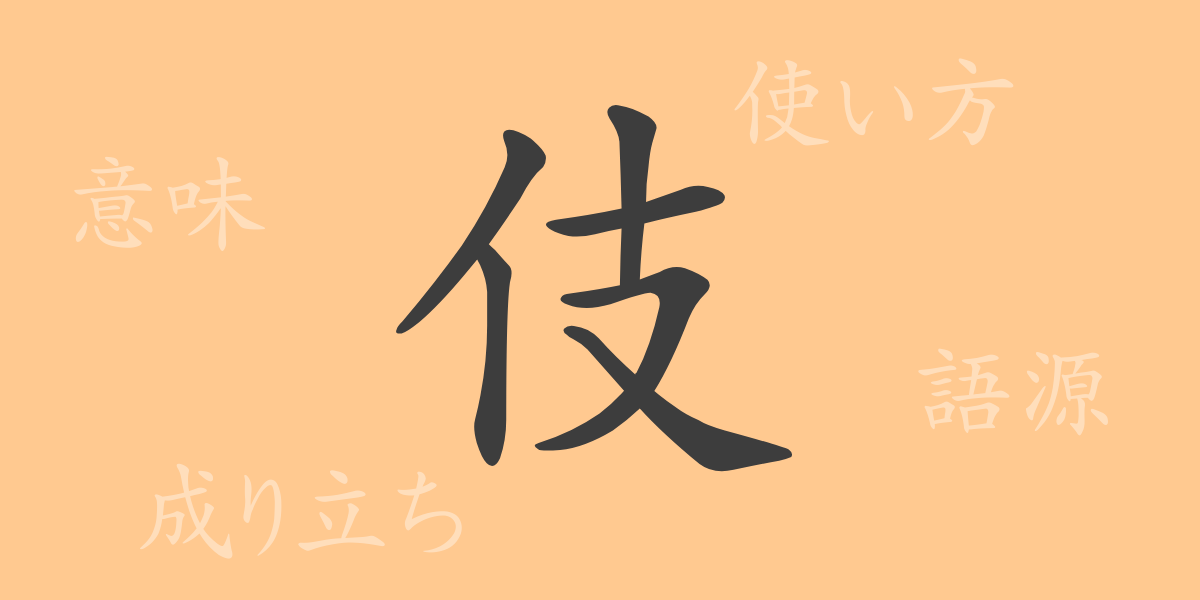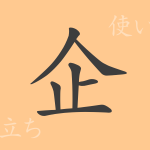Japanese culture is rich with ancient kanji characters, each with its unique history and meaning. In this article, we focus on the kanji “伎 (Gi)” and delve into its etymology, modern usage, pronunciation, number of strokes, and even phrases and idioms that include it. Through this piece, we aim to convey the deep cultural significance and the allure of the language surrounding “伎 (Gi)”.
The Origin (Etymology) of 伎 (Gi)
The kanji “伎 (Gi)” originated in ancient China and has been used to represent skills or refined arts. Its primitive form can be seen in oracle bone script, symbolizing the act of a person performing a task. As time progressed, it became established as a character that signifies accomplishing something using skills or techniques, and it has maintained a similar meaning since being adopted in Japan.
The Meaning and Usage of 伎 (Gi)
The kanji “伎 (Gi)” conveys meanings such as “technique” or “art.” It is particularly used to describe the ability to skillfully manage something or skills related to performing arts like theater and music. Furthermore, “伎 (Gi)” can be combined with adjectives or verbs, taking on meanings like “skilled at ~” or “to skillfully manage ~.”
How to Read 伎 (Gi), Number of Strokes, and Radical
The kanji “伎 (Gi)” is widely used as a common kanji in Japan. Let’s take a closer look at its pronunciation and structure.
- Reading: The on’yomi (Chinese reading) is “Gi”, while the kun’yomi (Japanese reading) is “Waza”.
- Number of Strokes: “伎 (Gi)” has a total of 6 strokes.
- Radical: The radical is “人 ( Ninben)” which means person.
Idioms, Phrases, and Proverbs Using 伎 (Gi) and Their Meanings
There are several idioms, phrases, and proverbs that include the kanji “伎 (Gi)” in the Japanese language. These expressions are used in daily life, literature, and even in business contexts.
- 曲伎 (Kyokugi) – Using crooked or unfair methods.
- 歌舞伎 (Kabuki) – One of Japan’s traditional theatrical arts, known for its elaborate costumes and makeup.
- 伎芸 (Gigei) – Talent or skill related to technique and art.
Conclusion on 伎 (Gi)
The kanji “伎 (Gi)” embodies profound meanings related to technique and art and plays a significant role in Japanese culture and language. The finesse and skill denoted by this single character are deeply embedded in the lives of the Japanese people through numerous idioms and expressions, symbolizing elements of Japan’s tradition and identity. We hope that this article has provided insight into the charm and various applications of “伎 (Gi)”.

























